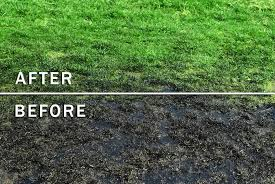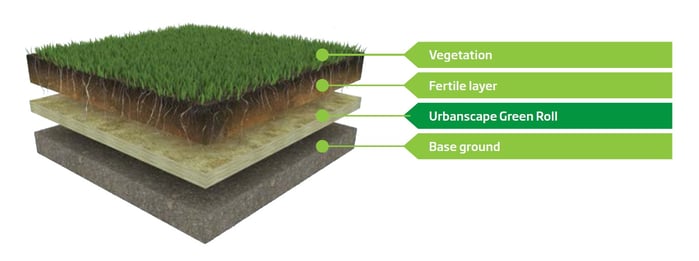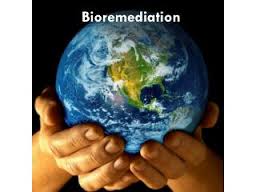Bioremediation – are you familiar with the process?
Bioremediation is a waste management technique that involves using organisms to remove or neutralize pollutants from a contaminated site.
Bioremediation is a treatment that uses naturally occurring organisms to break down hazardous substances into less toxic or non-toxic substances. It works by providing these pollution-eating organisms with fertilizers, oxygen, and other conditions that encourage their rapid growth.
| Shortly, as remediate means to solve a problem, “Bio-remediate” means to use biological organisms (bacteria, yeast, and fungi), using pollutants as a source of food or in co-metabolism processes to solve an environmental problem. Bioremediation is most commonly used to solve problems related to oil spills or the introduction of various pollutants into the environment and the consequent contamination of groundwater. |  |
Using the right landscaping system might lend a “helping hand” to the bioremediation process
1 Using mineral fertilizers to encourage rapid growth of pollution-eating organisms helps
When using mineral fertilizers dissolved in water for bioremediation, on fields where rock mineral wool in the form of a roll, small cubes or flocks is added to the soil (check Urbanscape Landscaping System for detailed information) the water is stored in the rock mineral wool layer. Consequently, less water seeps into the groundwater, and it also stays less polluted. As the water stays in the upper layers of the soil for a longer time, plants have more time to absorb the mineral fertilizers, which helps plants grow, and which would otherwise be leached into the groundwater.
2 Improved soil aeration also helps in bioremediation
Rock mineral wool might help the bio-ventilation process in the soil, which is a part of the bioremediation process as well. Due to its structure, aeration of the soil can be increased, which will help “healthy” microorganisms and mycobacteria to reproduce and perform the process of bioremediation.
3 Consequently, plants remediate faster
By providing air to the roots and ensuring enough water for better plant growth, rock mineral wool plays an important role in fito-remediation. Plants grow faster and upload pollutants or accelerate transpiration of pollutants more efficiently. Poplars are very well suited to fito-remediation due to their rapid growth, high water consumption and their very extensive root system.

Urbanscape Landscaping System
Advantages of bioremediation
|
|
|
Nevertheless, there are some disadvantages to bioremediation:
- if contaminants are not bioavailable, bioremediation is ineffective
- bioremediation is highly dependent on environmental factors
- some mixed pollutants may be toxic and non-remediable
- treatment time is slow
- bioremediation should be a controlled process
- process is temperature- and pH-sensitive due to microbial activity
- performance evaluation can be difficult, as “sufficiently-clean” levels are not clearly defined
| In order for the microorganisms to survive in the ground, a delicate balance of a number of parameters, including temperature, pH, moisture content, oxygen concentration and nutrients in the soil must be achieved. Bioremediation is most efficient at temperatures of 15 to 45 degrees Celsius; a pH of 7 (can work at pH of 5.5–8.5); moisture level of 40-80% of field capacity; oxygen concentration of >2 mg/L (aerobic) and <2mg/L (anaerobic); nutrients including C, H, O, N, P (Sharma & Reddy, 2004). |  |
Interested in landscaping solutions where rock mineral wool constitutes an essential layer? Download the Urbanscape Landscaping system brochure or check our website to find out more about the benefits of landscaping system.
Sources:
H.D.Sharma, K.R.Reddy, Geoenvironmental Engineering: Site Remediation, Waste Containment, and Emerging Waste Management Technologies, 2004, 992 Pages
http://ei.cornell.edu/biodeg/bioremed/




